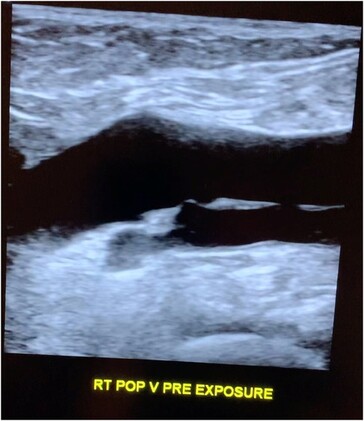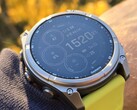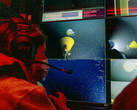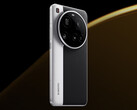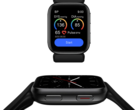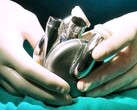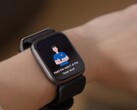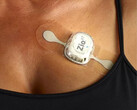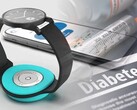Researchers affiliated with the Environmental Health Trust have published a report in the journal Frontiers in Cardiovascular Medicine that has led to the release of a news piece claiming that having a phone near the body can result in the formation of cellular aggregations called rouleaux in the blood, with "potential implications for blood circulation and overall health".
More accurately, the paper simply suggests that the rouleaux linked to smartphones and their radiation (such as those linked to their radiofrequency functions or general electromagnetic emissions) can be 'viewed' using ultrasound imaging (also known as the technique of sonography).
The early-stage hypothesis is based on results derived from just 1 patient: a 62-year-old woman who had her popliteal veins (large blood vessels of the leg) scanned before and after a 5-minute session of keeping different smartphones on the back of her leg, using an ultrasound machine of the same 'specs' and settings throughout.
Only 2 devices (of very different vintages) were involved in the study: an iPhone XR and an iPhone 16 Plus. The researchers did assert that the subject ostensibly exhibited rouleaux in moving clumps in her post-exposure ultrasound, compared to images showing her veins were completely clear at the start of the test.
Nevertheless, much more work involving many more patients would be needed before this very small-scale study could be considered validated.
Rouleaux are stack-like formation of the red blood cells typically found floating more freely in circulation for the purposes of oxygen transport. Their formation has been linked to the development of cancers such as multiple myeloma; infectious diseases and other conditions associated with increased inflammation.
It should be noted that rouleaux are often short-lived in nature in any case, and that the risks (if any) of their development are affected by other factors such as also having high blood pressure, diabetes or ischemic heart disease.





